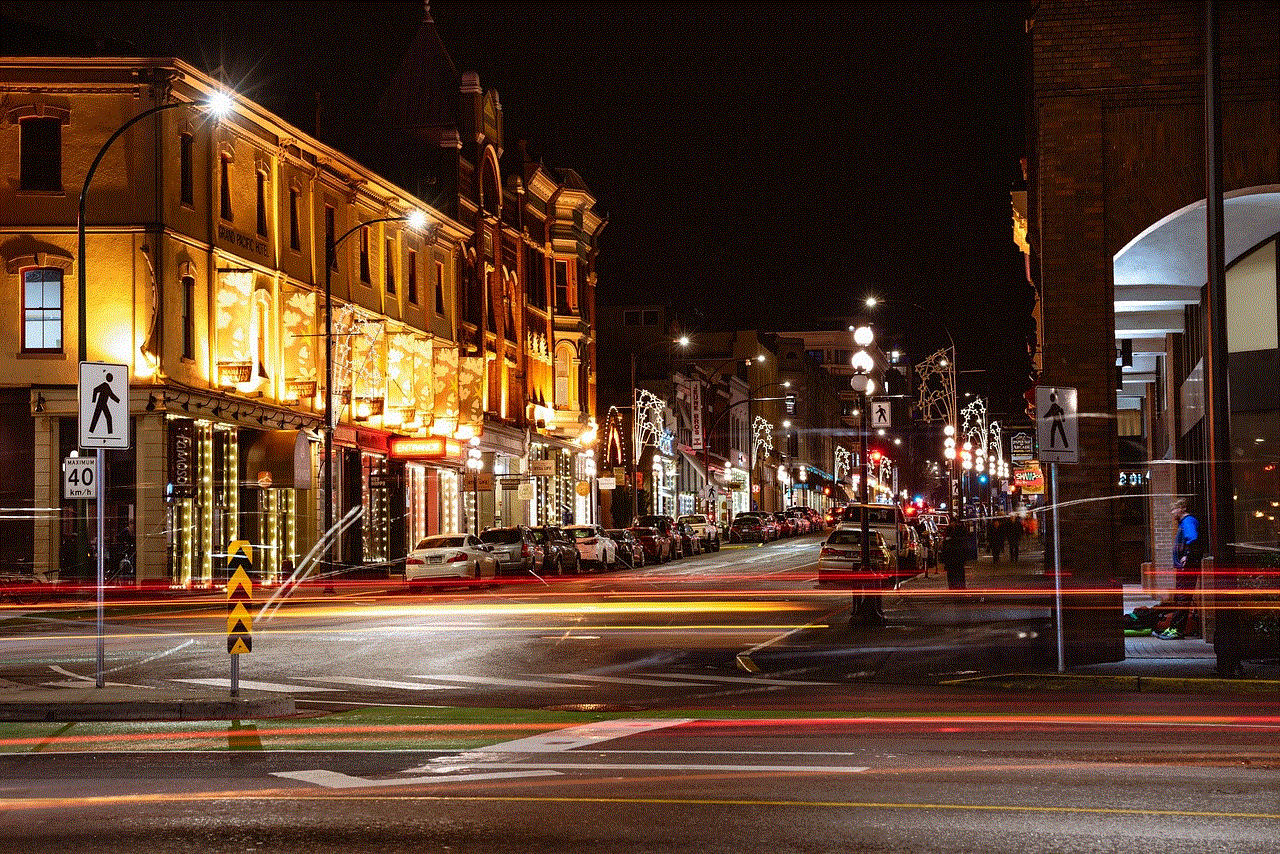can only access google and youtube
In today’s digital age, the internet has become an integral part of our daily lives. From social media to online shopping, the world wide web has revolutionized the way we communicate, learn, and conduct business. However, with the vast amount of information available at our fingertips, it can be overwhelming to navigate through the endless sea of websites and platforms. This is where search engines come in, acting as gatekeepers to the vast expanse of the internet. Among the many search engines available, Google stands out as the most popular and widely used, with over 90% of the global market share. But what about YouTube? How does it fit into the equation? In this article, we will explore the relationship between Google and YouTube and why these two platforms are the only ones that can be accessed by users.
To understand the limited access to Google and YouTube, we must first understand the concept of internet censorship. Internet censorship is the control or suppression of what can be accessed, published, or viewed on the internet. It can be practiced by governments, organizations, or individuals to restrict access to certain information or to control the flow of information. While internet censorship is a controversial topic, it is a reality that many countries and organizations practice, leading to restricted access to certain websites and platforms.
Google and YouTube, being two of the most popular and influential websites, have not been immune to internet censorship. In many countries, access to Google and YouTube is restricted, and users can only access these platforms through virtual private networks (VPNs) or other methods of bypassing censorship. However, there are also instances where users can only access Google and YouTube, while other websites and platforms are blocked. This is the case with certain schools, organizations, and even countries that have implemented internet censorship policies.
So, why are Google and YouTube the only platforms that can be accessed in these situations? The answer lies in the services they offer and their impact on our daily lives. Google, being the world’s largest search engine, has become the go-to platform for finding information on the internet. With a simple search, users can access a vast amount of information from websites all over the world. This makes Google an essential tool for students, professionals, and anyone seeking knowledge on a particular topic. Similarly, YouTube, with over 2 billion monthly active users, has become the most popular video-sharing platform. From educational videos to entertainment, YouTube offers a wide range of content that appeals to people of all ages and interests.
One of the reasons for the widespread use of Google and YouTube is their user-friendly interface and accessibility. Both platforms are available in multiple languages, making it easier for people from different parts of the world to use them. Additionally, Google and YouTube have mobile apps, making it possible to access them on-the-go. This accessibility has made them indispensable tools for many individuals and organizations, leading to their widespread use and popularity.
Another factor that contributes to the limited access to Google and YouTube is their influence on society and the media landscape. With the vast amount of information available on these platforms, they have become a powerful tool for shaping public opinion and influencing consumer behavior. This has not gone unnoticed by governments and organizations, who see the need to control the information flow on these platforms. By restricting access to Google and YouTube, they can control the information that their citizens or employees have access to, thus controlling the narrative.
Moreover, Google and YouTube are also major sources of revenue, making them targets for government and corporate interests. For instance, in China, Google is blocked, and instead, the government has created a similar search engine, Baidu, which is heavily censored. This allows the Chinese government to control the flow of information and also support their own domestic businesses. Similarly, in some workplaces, access to YouTube is restricted, as it can be a distraction and affect productivity. This is especially true for media companies, where employees may be tempted to watch videos instead of working.
While the limited access to Google and YouTube may seem like a hindrance, there are also positives to it. By restricting access to these platforms, governments and organizations can control the spread of false information and propaganda. This is crucial in today’s society, where misinformation can spread rapidly and have severe consequences. Additionally, restricted access to these platforms can also prevent cyberbullying, hate speech, and other forms of online harassment, creating a safer online environment for users.
In conclusion, the limited access to Google and YouTube is a result of internet censorship, which is practiced by governments, organizations, and even individuals. These two platforms have become integral parts of our daily lives, with their impact on society and the media landscape. While the restricted access may seem like a hindrance, it also serves as a means of controlling the flow of information and protecting users from potential harm. As technology continues to advance, it is essential to strike a balance between freedom of access and responsible use of the internet.
show map in location alerts
Title: The Power of Location Alerts: Enhancing Navigation with Interactive Maps
Introduction:
In today’s fast-paced world, where technology plays an essential role in our daily lives, location-based services have become increasingly popular. One such feature, location alerts, has revolutionized navigation by providing real-time notifications and information based on a user’s geographical location. This article explores the significance of location alerts and how they can be enhanced by incorporating interactive maps. By leveraging the power of maps, users can gain a comprehensive understanding of their surroundings, enabling seamless navigation, improved safety, and enhanced user experiences.
Paragraph 1: Understanding Location Alerts
Location alerts are notifications triggered when a user enters or exits a specific geographical area. These alerts are primarily based on the user’s GPS coordinates and can be received through various mediums such as mobile apps, push notifications, or emails. By setting up location alerts, users can receive timely information about nearby points of interest, events, promotions, or safety warnings. The integration of interactive maps within location alerts offers a more contextual and immersive experience, enriching the user’s navigation capabilities.
Paragraph 2: The Role of Maps in Location Alerts
Maps have always been an integral part of navigation, helping individuals find their way and understand their surroundings. By incorporating maps into location alerts, users can visualize their precise location and the relevant points of interest in a more intuitive manner. With interactive maps, users can zoom in, pan, and explore different layers of information, enabling them to make informed decisions based on their specific needs.
Paragraph 3: Enhancing Navigation Accuracy
When it comes to navigation, accuracy is paramount. By integrating maps into location alerts, users can benefit from real-time updates on their exact location. This ensures that users are provided with the most relevant information based on their proximity to specific areas of interest. For example, a location alert for a nearby restaurant can provide a map with directions, reviews, and even the option to make a reservation, all within a single interface.
Paragraph 4: Safety and Emergency Situations
In emergency situations, location alerts combined with interactive maps can be a lifesaver. For instance, if a user is in an unfamiliar area and encounters a hazardous situation, such as severe weather conditions or a natural disaster, location alerts can provide real-time updates and guidance on safe routes, evacuation centers, or emergency services. By integrating maps, users can quickly identify their position in relation to these critical resources, ensuring their safety and well-being.
Paragraph 5: Personalized Recommendations
Interactive maps within location alerts can also provide personalized recommendations based on a user’s preferences and interests. By analyzing a user’s location history and preferences, location-based services can offer tailored suggestions for nearby attractions, restaurants, or events. These recommendations can help users explore new places and enhance their overall experiences.



Paragraph 6: Seamless Integration with Third-Party Services
With the integration of interactive maps in location alerts, users can seamlessly access third-party services directly from the map interface. For example, by tapping on a restaurant icon within a location alert map, users can instantly view the menu, make a reservation, or order food for delivery. This integration streamlines the user experience, eliminating the need to switch between multiple apps or platforms.
Paragraph 7: Real-Time Traffic Updates
Maps have long been used for navigating through traffic, but with location alerts, users can receive real-time updates on road conditions, accidents, or traffic jams directly on their devices. By integrating these updates into interactive maps, users can choose alternative routes, saving time and avoiding frustrating delays. This feature is especially valuable for daily commuters or travelers navigating unfamiliar cities.
Paragraph 8: Social Interactions and Group Navigation
Interactive maps within location alerts can foster social interactions and enhance group navigation. By sharing location alerts with friends or family members, users can coordinate meetups more efficiently. Furthermore, the integration of live location sharing on maps can help individuals track each other’s whereabouts, ensuring a smoother and more synchronized experience when traveling together.
Paragraph 9: Augmented Reality Integration
The fusion of location alerts with augmented reality (AR) technology opens up exciting possibilities. By utilizing a device’s camera and overlaying digital information on the real world, users can receive location alerts with AR markers indicating nearby points of interest. These markers can provide additional information, such as reviews, ratings, or historical facts, augmenting the user’s perception of their environment.
Paragraph 10: Privacy and Security Considerations
While location alerts and interactive maps offer numerous benefits, privacy and security concerns should not be overlooked. Users must have full control over their personal information and be able to opt-in or opt-out of location-based services at any time. Developers and service providers must prioritize data protection and implement robust security measures to ensure that user data remains secure and confidential.
Conclusion:
The integration of interactive maps within location alerts has transformed the way we navigate and explore our surroundings. From enhancing navigation accuracy to improving safety, personalized recommendations, and social interactions, the synergy between location alerts and maps offers endless possibilities. As technology continues to advance, the future of location-based services is undoubtedly exciting, promising even more immersive and intuitive experiences for users worldwide.
how to know if someone blocked you on kik 2021
How to Know if Someone Blocked You on Kik 2021
In the age of digital communication, messaging apps like Kik have become an integral part of our everyday lives. Kik offers a convenient and easy way to connect with friends, family, and even strangers. However, there may come a time when you suspect that someone has blocked you on Kik. Whether it’s a sudden disappearance from your contact list or a lack of response, there are several signs that can indicate you’ve been blocked. In this article, we will explore these signs and provide you with ways to confirm if someone has indeed blocked you on Kik in 2021.



1. No Profile Picture: One of the first signs that someone may have blocked you on Kik is the absence of their profile picture. When you open a chat with a blocked user, you will notice that their profile picture is no longer visible. This could be an indication that they have blocked you, but it’s not a foolproof method as the user may have simply changed their profile picture or settings.
2. No Last Seen: Another telltale sign of being blocked on Kik is the absence of the “Last Seen” status. Usually, Kik displays the last time a user was active, but if you can’t see this information for a particular contact, it may suggest that you have been blocked. Again, this isn’t a definitive proof, as the user might have disabled the “Last Seen” feature or simply not logged in for a while.
3. No Message Receipts: Kik normally shows two checkmarks next to a sent message to indicate that it has been delivered and read by the recipient. However, if you notice that your messages to a specific contact only have a single checkmark, it could imply that you’ve been blocked. This is because blocked users will not receive your messages, and hence, the second checkmark won’t appear.
4. No Typing Indicator: When you’re engaged in a conversation on Kik, you usually see a “typing” indicator when the other person is composing a message. If you no longer see this indicator for a particular contact, it could be a sign that they have blocked you. However, keep in mind that this could also mean that the person is simply not typing or has disabled the typing indicator feature.
5. No Updates or Status Changes: If you were previously able to see a contact’s updates, such as their profile picture changes or status updates, but suddenly these updates stop appearing, it could indicate that you have been blocked. When a user blocks you on Kik, you lose access to their profile updates, making it difficult to keep track of any changes they make.
6. No Search Results: Another way to check if you have been blocked on Kik is by searching for the person’s username. Typically, when you search for a username on Kik, the app displays matching results. However, if you can’t find the person you suspect has blocked you in the search results, it’s likely that they have blocked you.
7. Unsent Messages: When someone blocks you on Kik, any messages you send to them will appear as “S” (for sent) instead of “D” (for delivered). This means that even though you can send them messages, they won’t receive them. If you notice that your messages remain in the “S” state for a prolonged period, it could be an indication that you have been blocked.
8. No Group Conversations: If you were previously part of a group conversation that included the person you suspect has blocked you, and suddenly you can’t find that group or you’re no longer a member, it could suggest that you have been blocked. Blocked users are typically removed from group conversations, making it difficult for them to participate or even see the group at all.
9. Mutual Friends’ Perspective: If you have mutual friends with the person you suspect has blocked you on Kik, you can ask them to check the contact’s profile and chat with them. If your mutual friend is still able to see the person’s profile and send messages, it confirms that you have been blocked. However, keep in mind that your mutual friend might not be willing or able to help you in this situation.
10. Create a New Account: If all else fails and you’re desperate to find out if you have been blocked on Kik, you can create a new account and search for the person in question. If you find them and can initiate a conversation, it’s a clear indication that you have been blocked on your original account. However, this method should be used as a last resort as creating a new account can be time-consuming and inconvenient.



In conclusion, there are several signs that can help you determine if someone has blocked you on Kik in 2021. These signs include the absence of a profile picture, no “Last Seen” status, no message receipts, no typing indicator, no updates or status changes, no search results, unsent messages, no group conversations, and a mutual friend’s perspective. While none of these signs are foolproof, observing multiple signs can provide a strong indication that you have been blocked. Remember to approach the situation with caution and respect, as there may be various reasons why someone chooses to block you on Kik.
